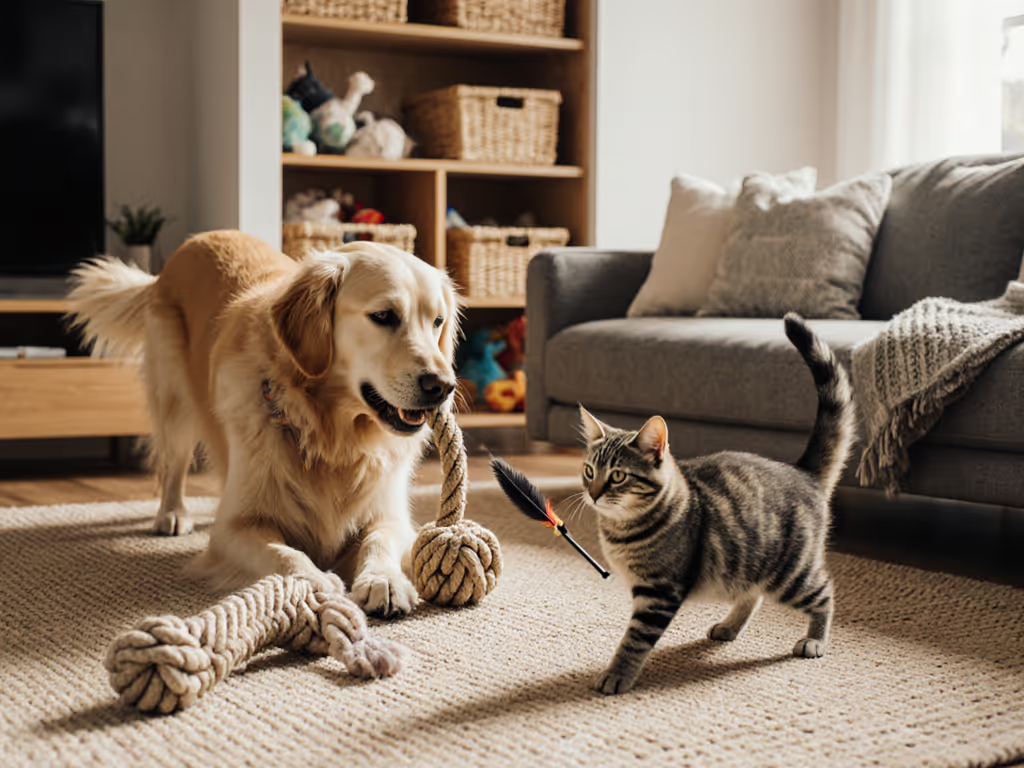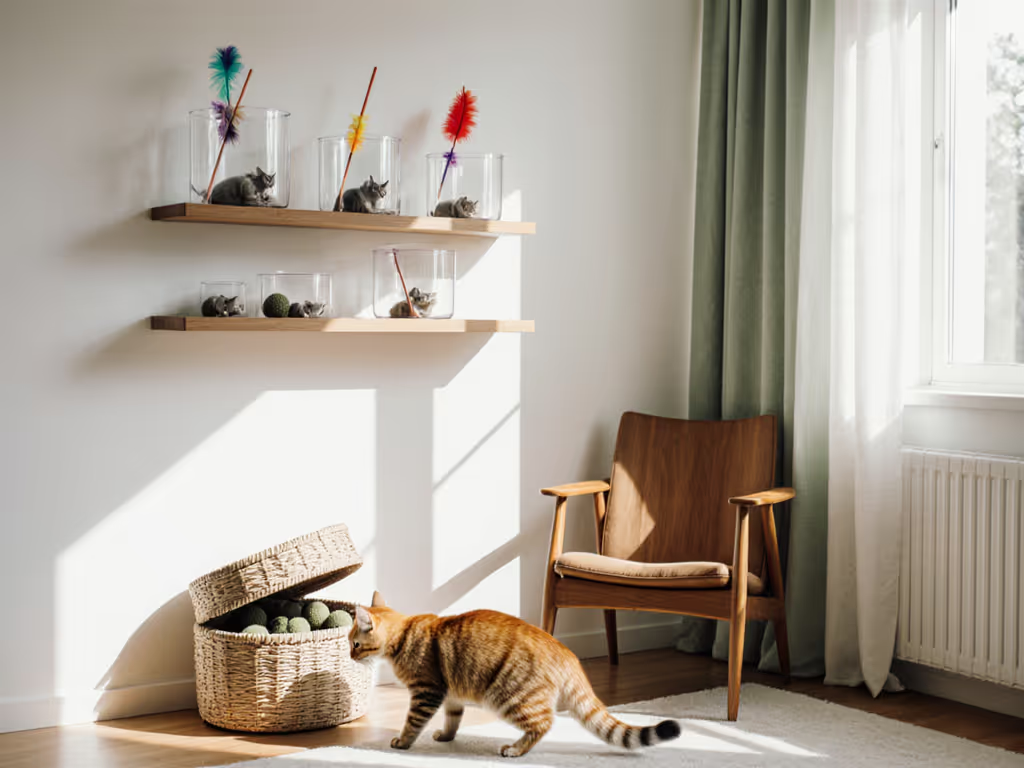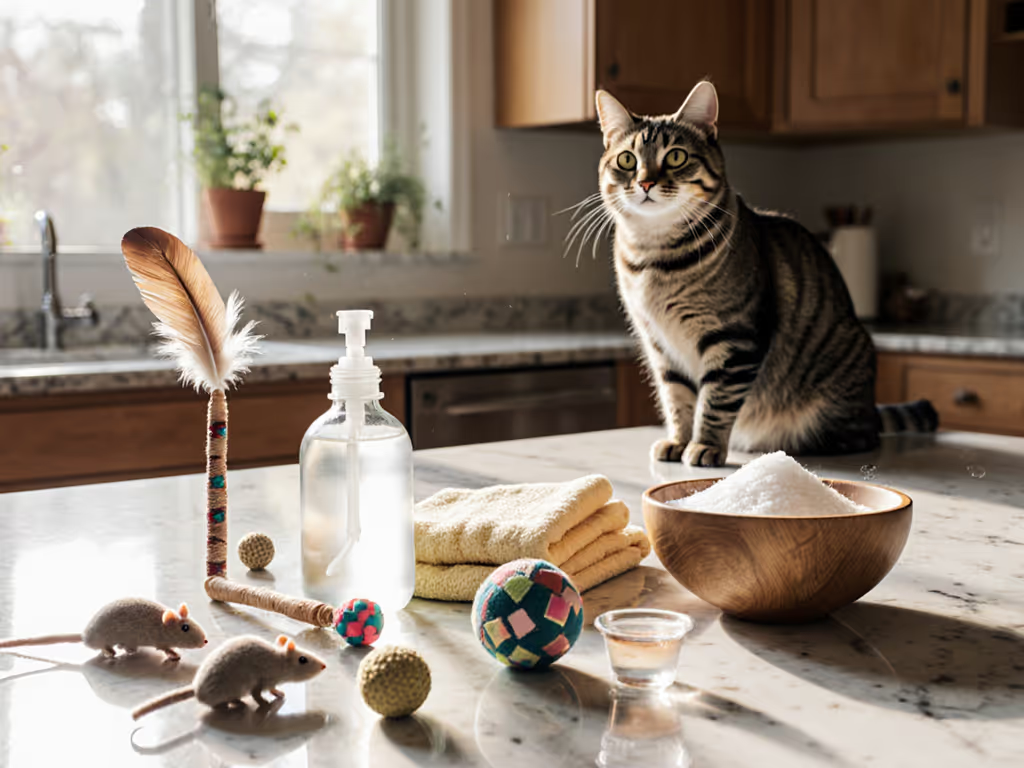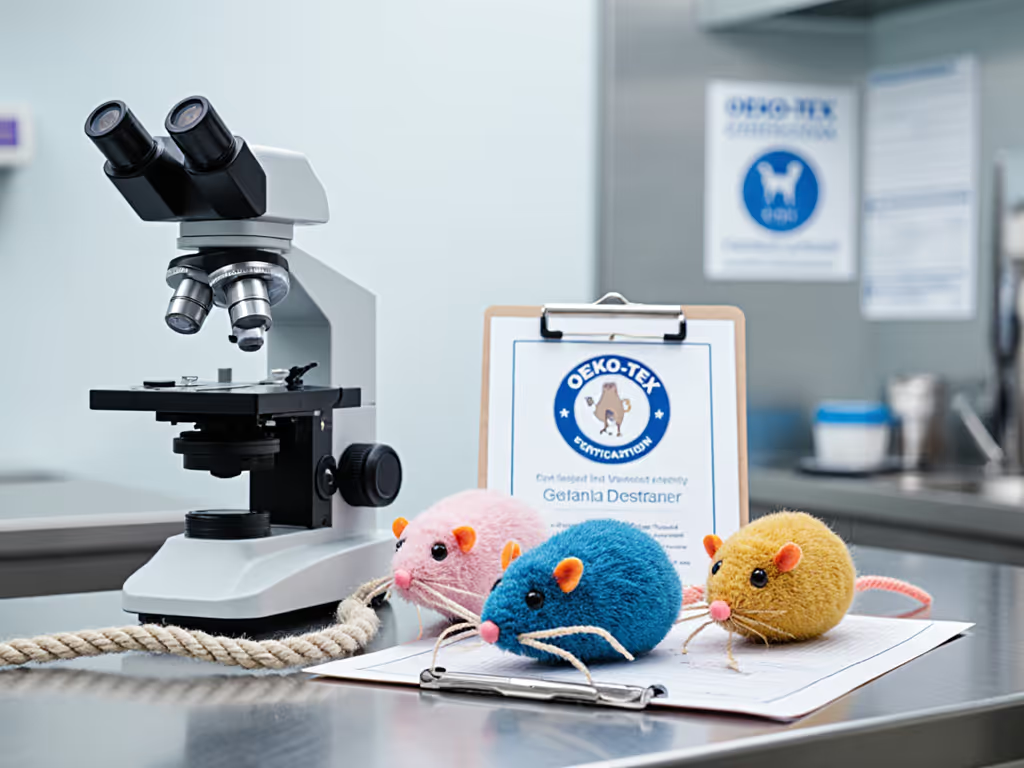
Safe Household Cat Toys That Get Them Moving
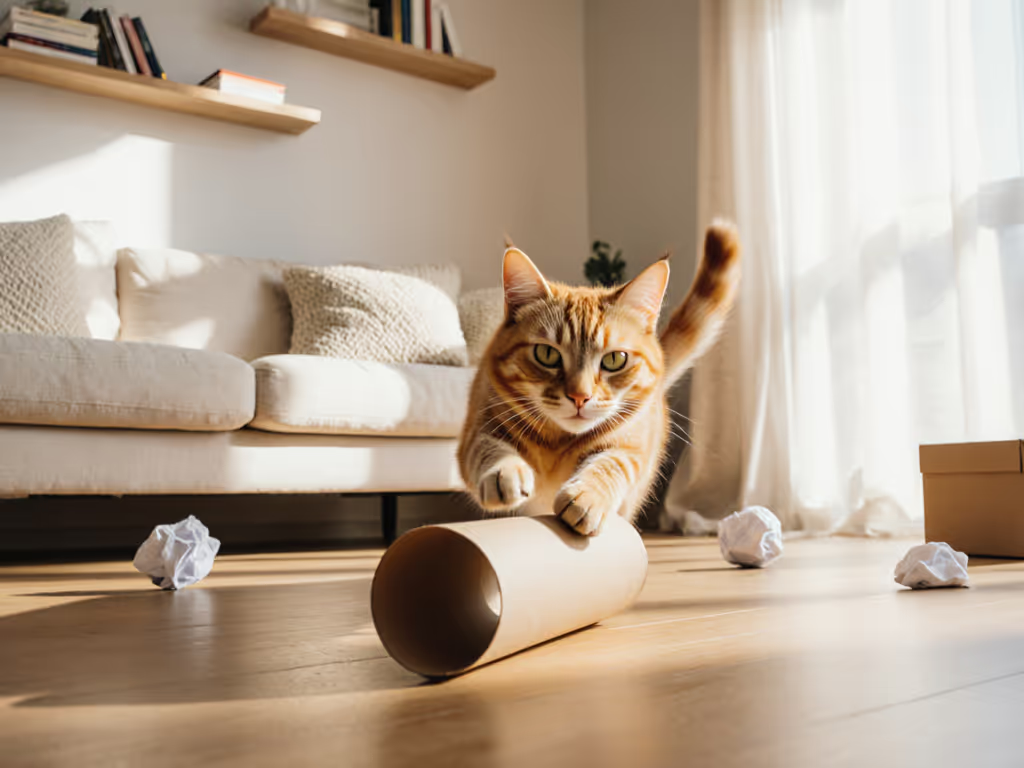
As a shelter volunteer turned multi-cat guardian, I've seen how good cat toys transform chaotic energy into calm, structured play, especially moving cat toys that complete the predatory sequence. Forget cluttering your home with ignored store-bought gadgets. The safest, most effective options are often hiding in your recycling bin, repurposed with intentional protocol language to match your cat's biological needs. Let's cut through the noise with an evidence-grounded FAQ.
Why Do Most Store-Bought Toys Fail?
Most commercial toys ignore the predatory sequence: stalk, chase, catch, eat, groom, sleep. Cats cycle into overstimulation (and redirected aggression) when play stops at "chase" without resolution. In high-intake shelters, I watched cats snap at volunteers after laser sessions that never delivered closure. The fix? Short, structured play ending in food. Household items excel here because they're predictable, low risk, and customizable to your cat's arousal thresholds. For step-by-step builds using common supplies, see our DIY moving cat toys guide.
Stalk, chase, catch, eat, groom, sleep: close the loop.
Key Safety Thresholds for DIY Toys
- Size Matters: Nothing smaller than a ping-pong ball (too big to swallow)
- No Loose Strings: Avoid yarn or fringe (intestinal blockage risk)
- Noise Control: Crinkle sounds should be subtle (no deafening bells)
- No Plastic Films: Bags/bubble wrap = suffocation hazard
FAQ: Safe Household Items Turned Cat Toys
Q: I tried bottle caps and paper balls, but my cat ignores them. What am I missing?
A: Match the movement to prey types. Cats hunt specific prey (birds, rodents, insects), not generic "toys." A crumpled foil ball mimics a skittering insect if you roll it slowly behind obstacles. A folded sock on a dental-floss string (sock cat teaser) works for rodent hunters only if you end play with a "catch" (e.g., tuck the sock under a blanket and reward with food). Risk flag: If your cat pounces but won't "kill" the toy, it's missing tactile feedback, add catnip inside the sock for scent closure.
Q: Can cardboard cat scratchers double as moving toys?
A: Absolutely, with boundaries. Cut toilet paper rolls into 2-inch rings, stack them loosely inside a shoebox, and let your cat bat them out. Why it works: The cardboard's texture satisfies scratching instincts while the rings' unpredictable movement satisfies hunt drive. Crucial step: Place the box away from walls so your cat can stalk freely (prevents ambush biting from corners). Never use cardboard boxes with handles, that's a neck entanglement risk.
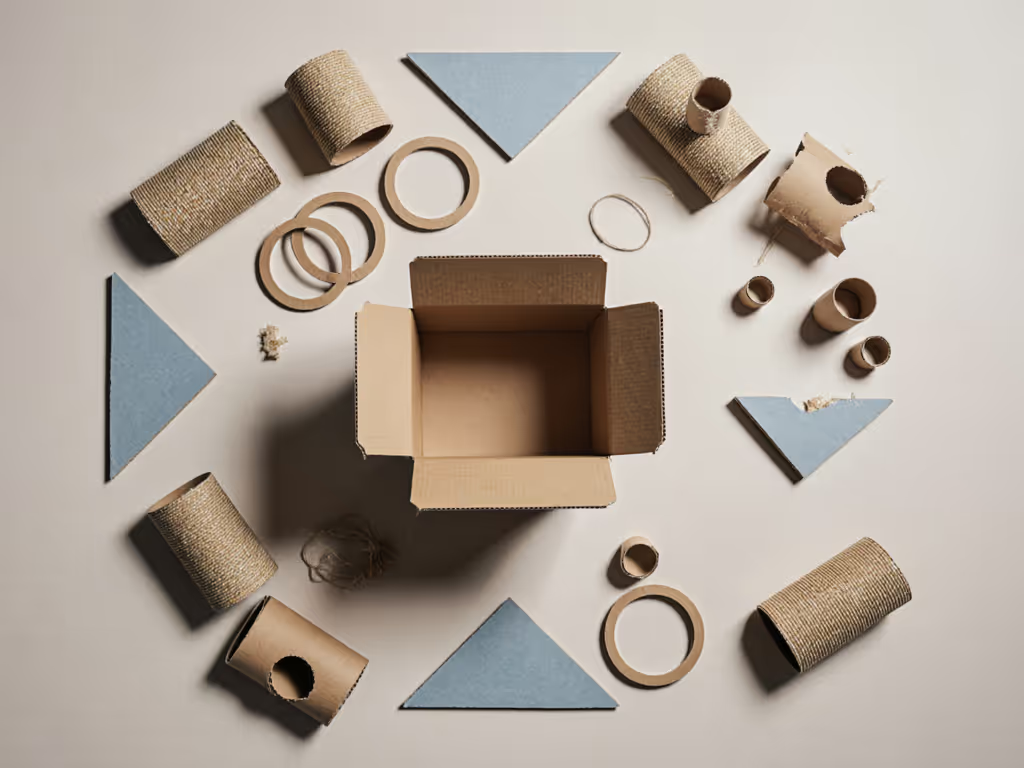
Q: Is a paper bag cat playground safe?
A: Yes, if modified for safety. Remove handles, cut large side vents for escape routes, and weigh down the bag with a book. This creates a risk-controlled stalking zone where cats can pounce on hidden toys (e.g., a ping-pong ball inside). Shelter insight: Overstimulation drops when cats have multiple exit paths, critical for multi-cat homes. Never leave cats unsupervised; bags fray quickly, creating ingestion hazards.
Q: How do I avoid overstimulation with moving toys?
A: Use de-escalation steps before arousal peaks. Stop play when your cat's tail flicks once (not three times). For safe household items for cats like a plastic shower ring, toss it once, don't endlessly chase it. Immediate next step: place a treat where the ring landed ("catch-and-treat"). This mimics the "eat" phase, lowering cortisol. In shelters, switching to this protocol cut cage-front aggression by 70%.
Q: My senior cat ignores moving toys. What quiet options work?
A: Prioritize low-impact movement. Fill a sealed plastic bottle with one dried pea (not rice, too noisy) for a gentle rattle. Or hide a mint-sized cardboard cat scratcher under a thin towel; let your cat "unearth" it. Key: Keep sessions under 5 minutes. Older cats need slower sequences: stalk the towel, catch the scratcher, then food. Avoid balls that roll too fast (frustrating for arthritic cats).
Q: How do I rotate toys without clutter?
A: Curate a 3-item protocol. Group household items by prey type:
- Bird Hunters: Feathers taped securely to a cardboard stick (supervise closely; remove if loose)
- Rodent Hunters: Folded sock cat teaser + paper bag playground
- Insect Hunters: Cardboard rings + crinkle ball
Rotate one group weekly. If your cat loses interest after 2 days, swap one item, but always end play with food to reset arousal. This prevents boredom while honoring your minimalist space.
Critical Safety Overlooks
The Laser Pointer Trap
Never use lasers without a food finish. Cats experience psychological distress when they can't "catch" the dot. If you try one, always end by shining it on a treat. Better yet: replace it with a sock cat teaser that delivers tangible closure.
The Hidden Danger of "Quiet" Toys
Plastic bottle rattles seem safe, but loose caps cause dental trauma. Seal caps with pet-safe epoxy, not tape. I've removed 12 bottle caps from shelter cats' gums this year; risk flags include sudden chewing avoidance or pawing at the mouth.
Actionable Next Step: Build Your Protocol
- Observe: For 2 days, note what natural movements excite your cat (e.g., jumping at dust motes = insect hunter).
- Match: Pick one household item from this list that mimics that prey's movement.
- Test: Play 5 minutes, stopping before overstimulation. End with a catch-and-treat.
- Track: Log if your cat sleeps deeper or stops 3 a.m. zoomies. Success = fewer behavior issues in 10 days.
When your cat settles after play, you've succeeded, not by buying more, but by closing the loop. Remember, slow is fast in behavior change. Always end on a catch-and-treat.

